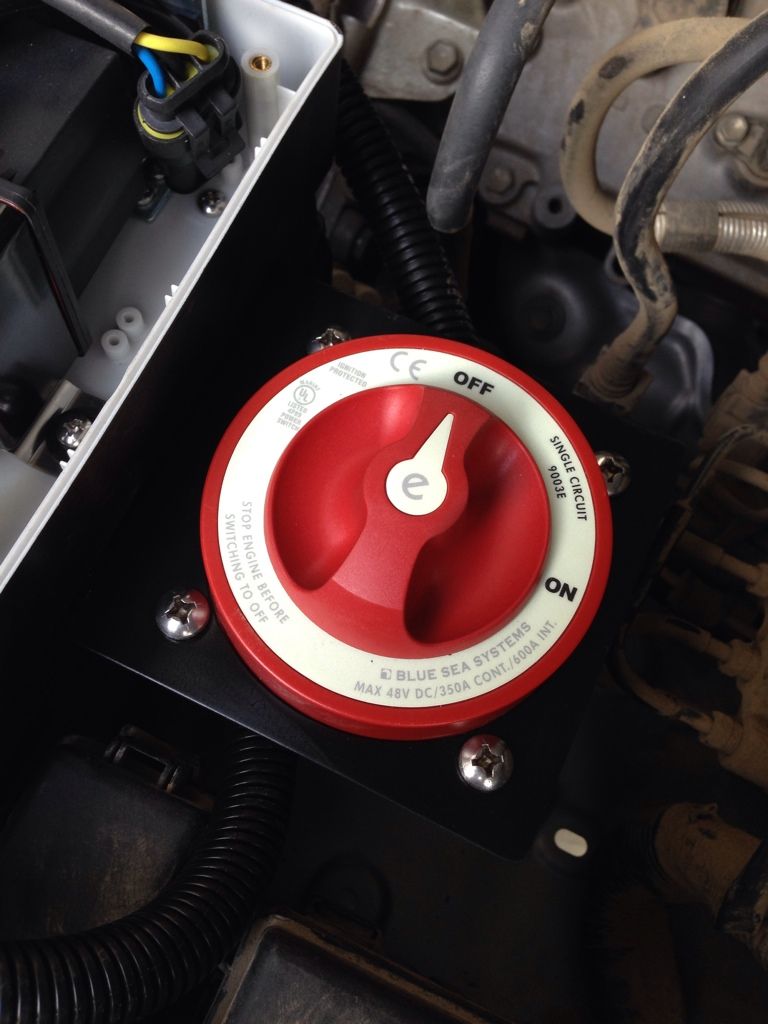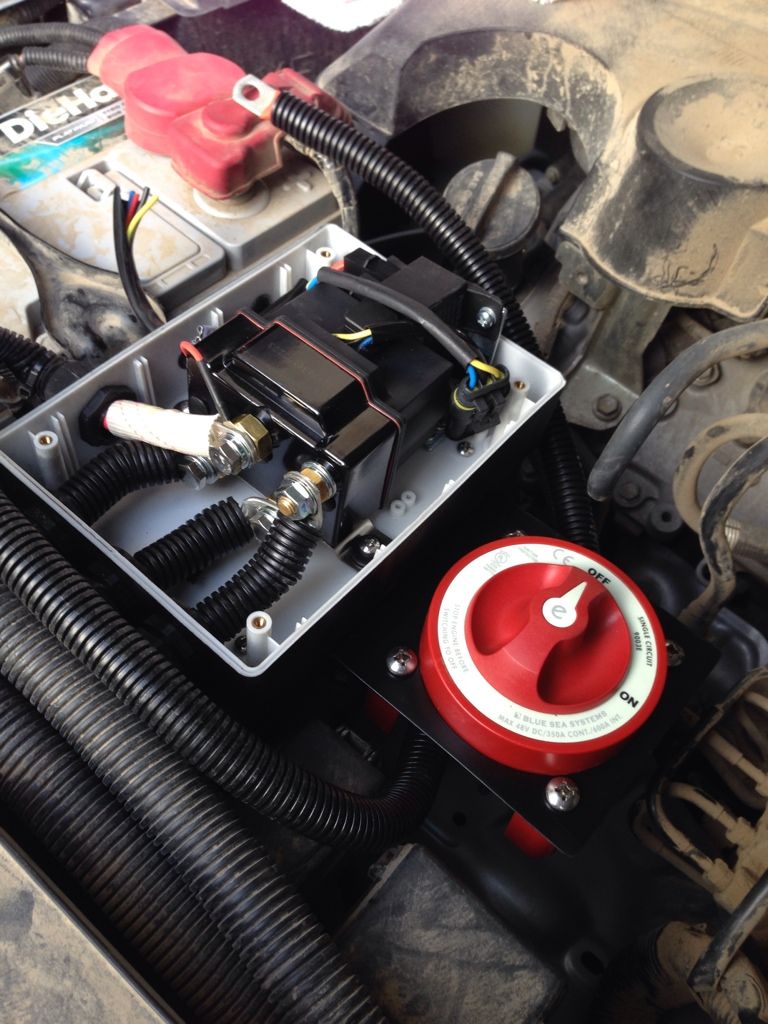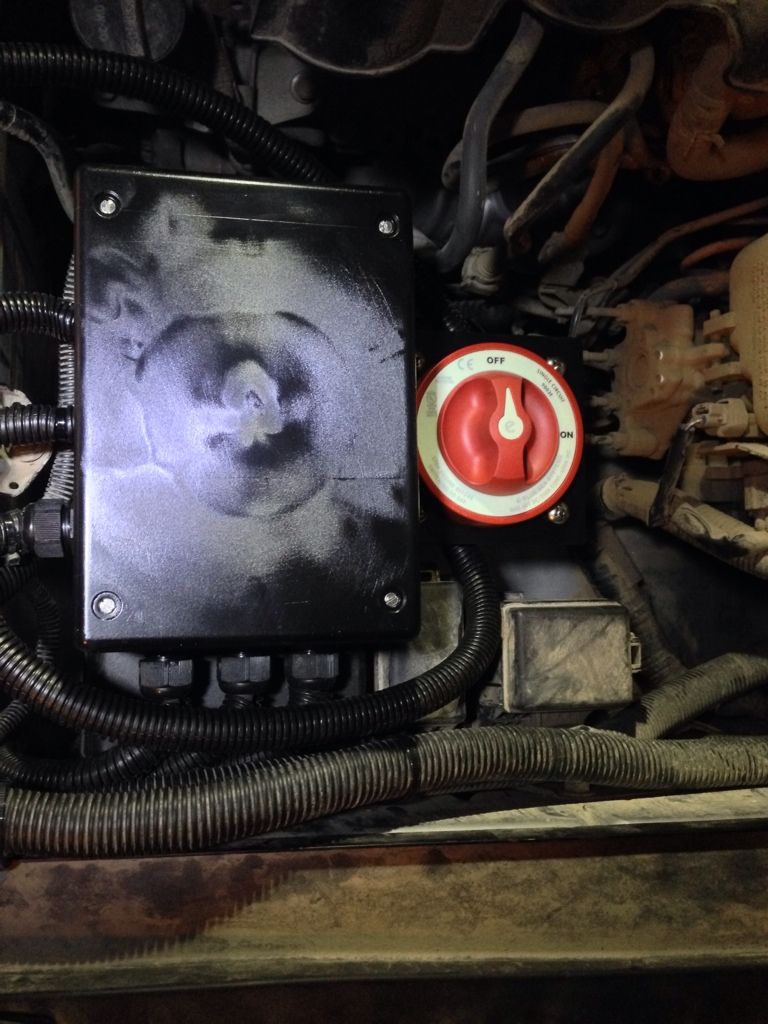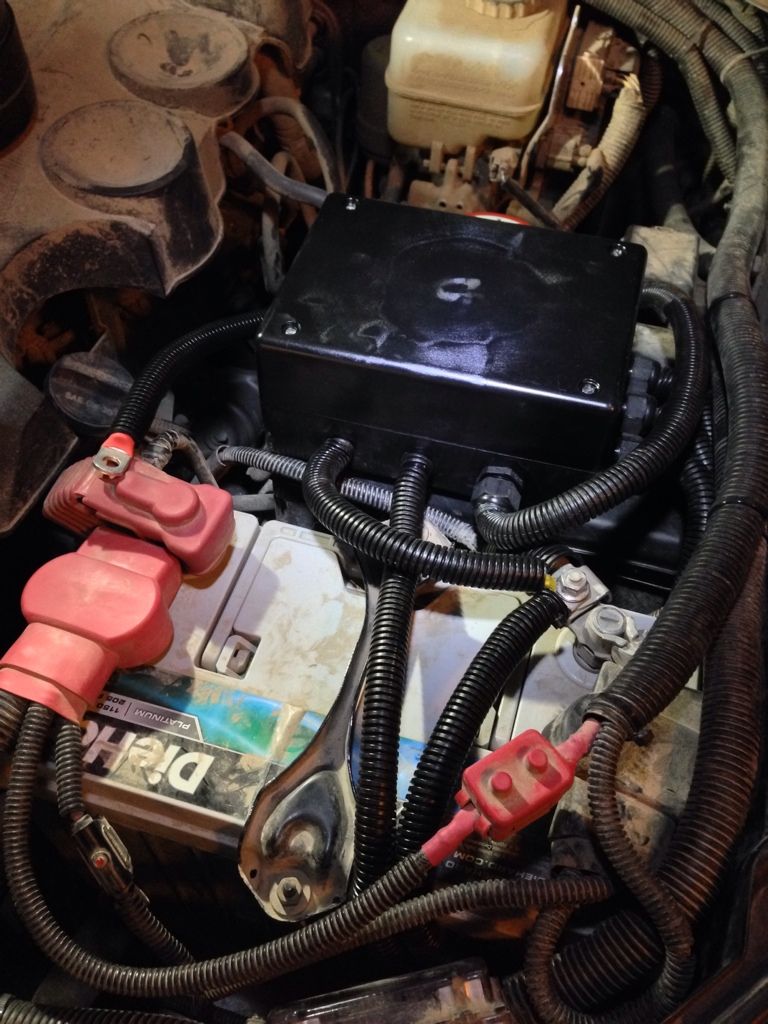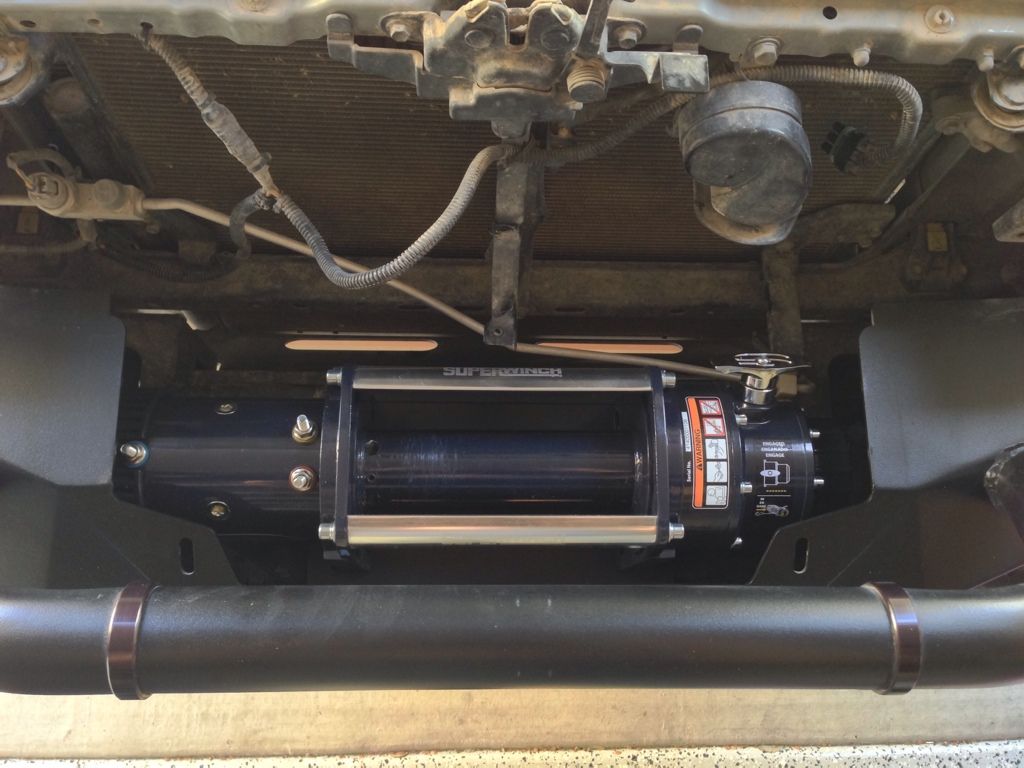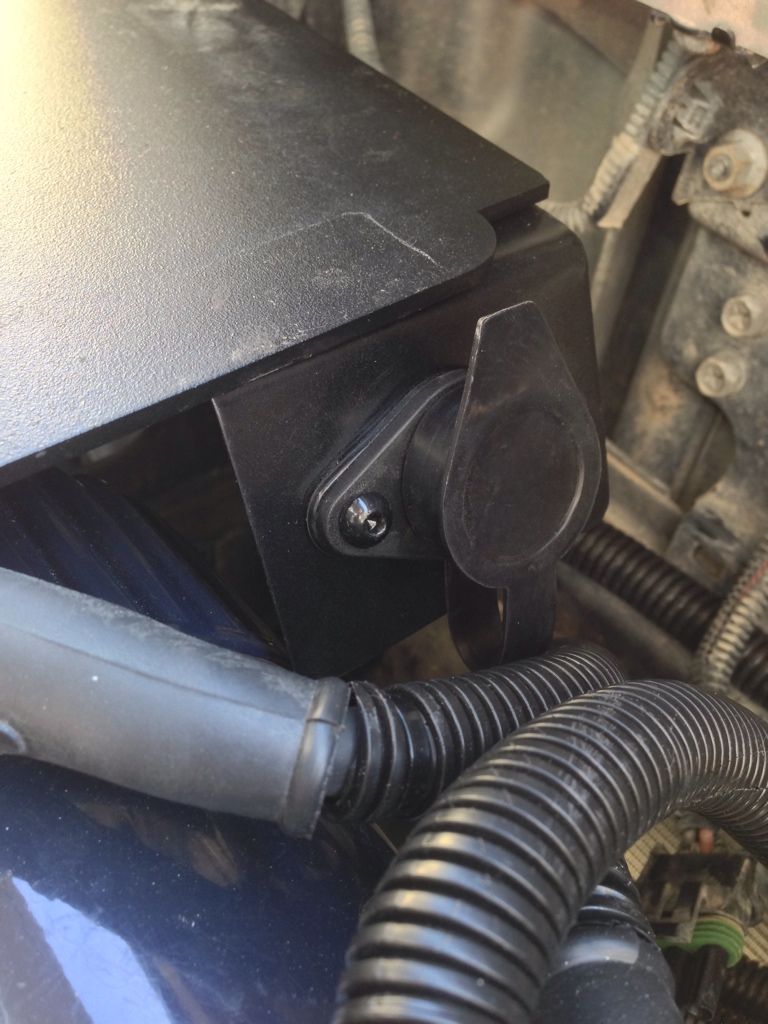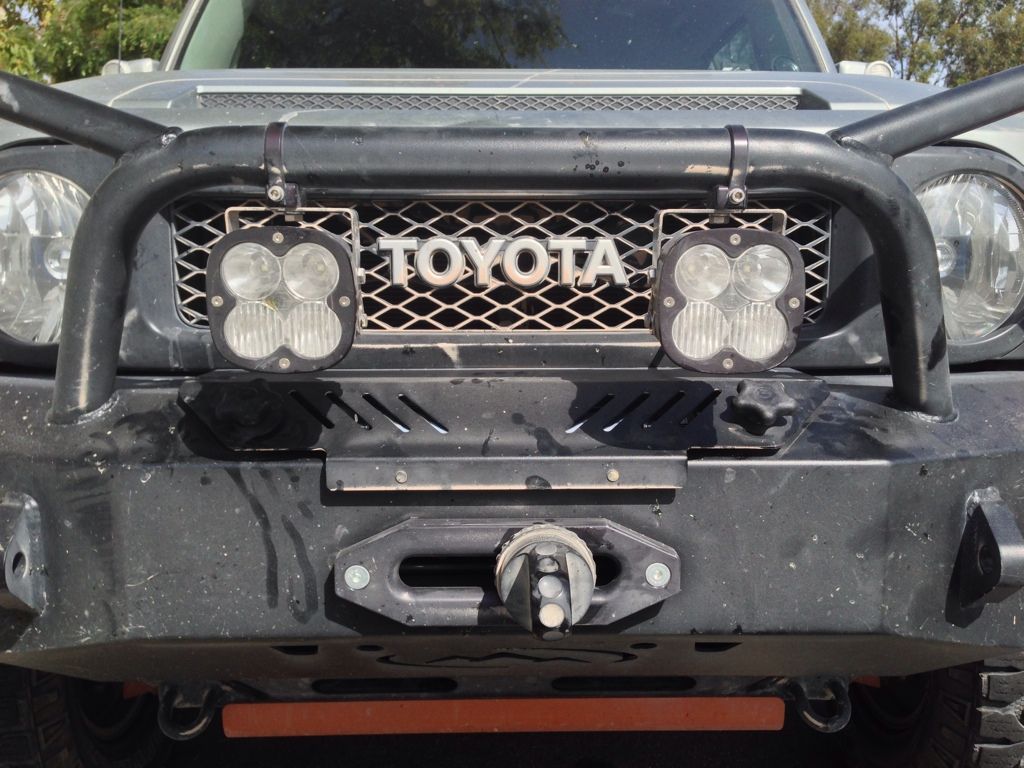BurbanAZ
Explorer
I had to extend the cables today for my winch so I can mount the control box where I want and I was wondering does anyone fuse winch? There is a ton of power running through and the solenoid boxes are a tight fit but I've never heard of anyone putting an inline fuse on one.
I've had winches on a few vehicles and never had an issue but it seems like if it did go wrong it would burn ur vehicle down in no time.
I'm guessing the amp draw might be one of the issues in finding a fuse big enough.
I've had winches on a few vehicles and never had an issue but it seems like if it did go wrong it would burn ur vehicle down in no time.
I'm guessing the amp draw might be one of the issues in finding a fuse big enough.




